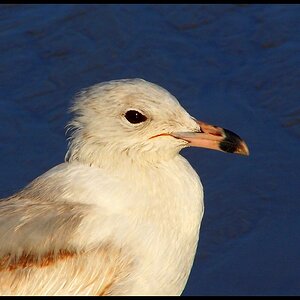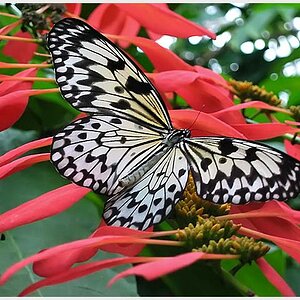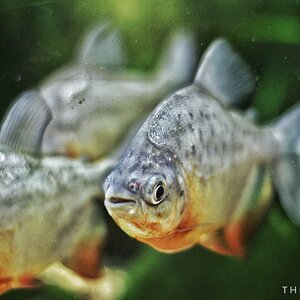JTPhotography
No longer a newbie, moving up!
- Joined
- Dec 8, 2012
- Messages
- 902
- Reaction score
- 428
- Location
- South Mississippi
- Can others edit my Photos
- Photos NOT OK to edit
14 or 16mm f1.4 or f1.8?
This discussion came up in another thread and it really got me thinking. I am sure it would be pricey, but considering the popularity of astrophotography, I am also sure it would be a big seller. I just purchased the 20mm 1.8 and if I had it I would probably ditch my 14-24.
This discussion came up in another thread and it really got me thinking. I am sure it would be pricey, but considering the popularity of astrophotography, I am also sure it would be a big seller. I just purchased the 20mm 1.8 and if I had it I would probably ditch my 14-24.



![[No title]](/data/xfmg/thumbnail/40/40286-86401b94de8b01bea8bb4ea154aaea0a.jpg?1619739408)

![[No title]](/data/xfmg/thumbnail/40/40287-4f839095000f74d779b90ed75df9dc62.jpg?1619739408)


![[No title]](/data/xfmg/thumbnail/34/34483-f862f99992bbdd79e95d390a65e59f6e.jpg?1619736510)




![[No title]](/data/xfmg/thumbnail/40/40284-f59f6230f0d5b9eacf977f8b0392f087.jpg?1619739407)